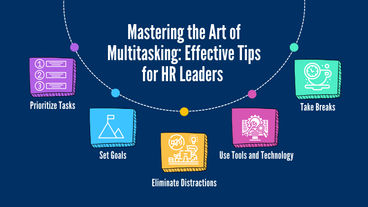
Minimize Liability for Employee Termination
Posted on 08/25/20 By Lorman Team
Terminating an employee is a stressful endeavor. Parting ways with a worker often takes an emotional toll on the individual (and sometimes their peers) and the replacement process can be strenuous.
In any termination scenario, employers face the risk of a lawsuit — even if the company feels they have reasonable grounds for firing an employee. Employers face liability when they terminate employees and fail to engage in best practices for doing so.
Organizations that take clear steps to firing an employee legally see fewer lawsuits, are able to properly defend the legal conflicts that do arise, and avoid unpleasant partings with their worker.

Lorman's upcoming course, Tips and Tricks for Legally Terminating an Employee, will provide companies with an understanding of the employment relationship at all stages. This course aims to teach employers how to fire an employee legally by highlighting applicable laws, steps for before and after termination, documenting termination, and how to conduct a termination meeting.
This comprehensive course will teach you proper steps to firing an employee legally and empower you to confidently:
- Describe different types of employee termination.
- Discuss the three phases of termination and how employers can prepare for separation of employment during each phase.
- Minimize liability exposure when terminating an employee.
- Identify laws on firing employees organizations should consider when terminating a staff member.
Learn More About This Course: Tips and Tricks for Legally Terminating an Employee
Related Articles
Diversity and inclusion are a vital part of the modern workplace.
Engagement surveys are one of the most valuable tools for an organization, yet are often underutilized. There are many benefits of employee engagement surveys, which is why companies should consider making it a standard practice.
Manage your workload without compromising productivity and mental health.

.png)
